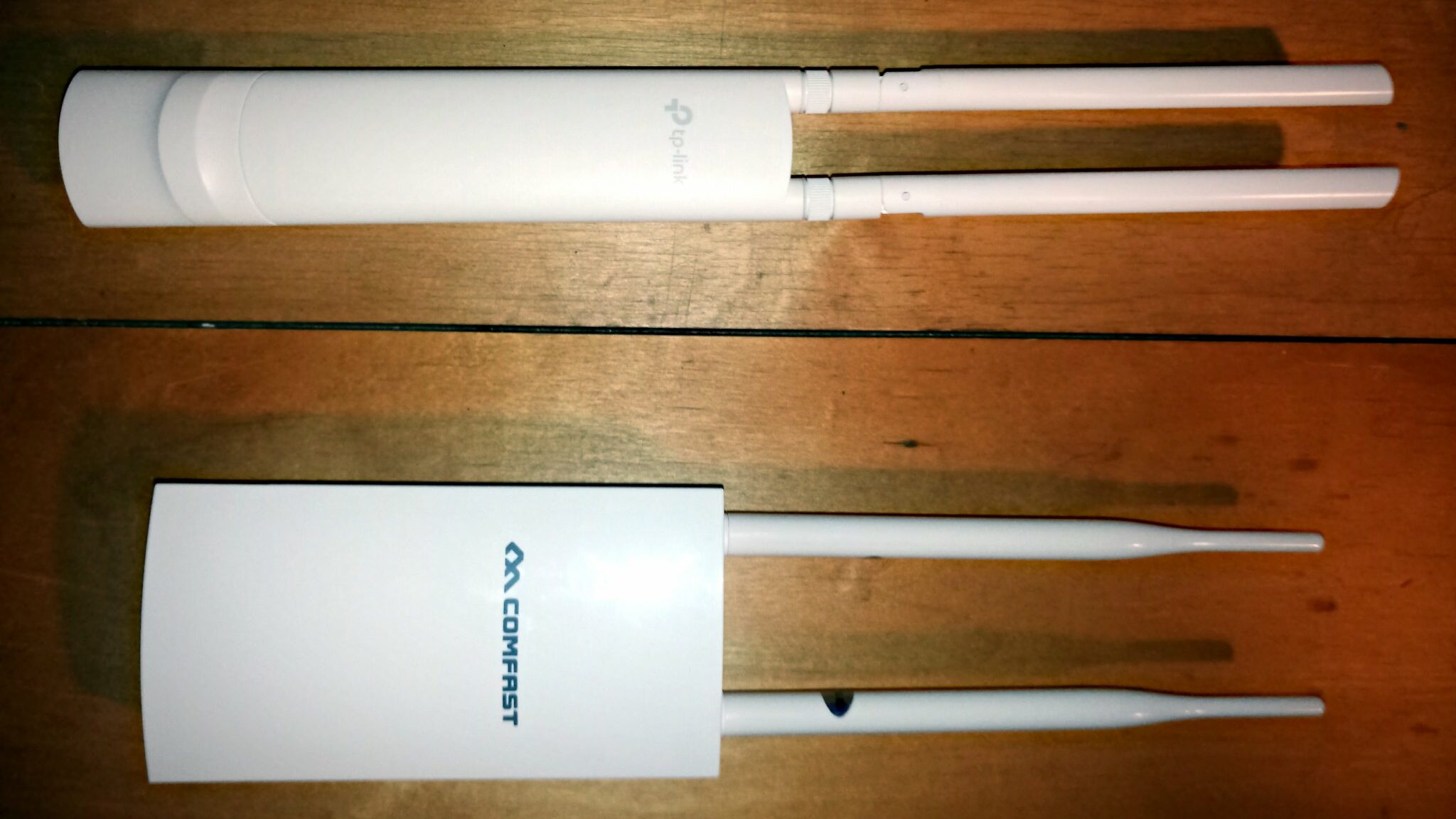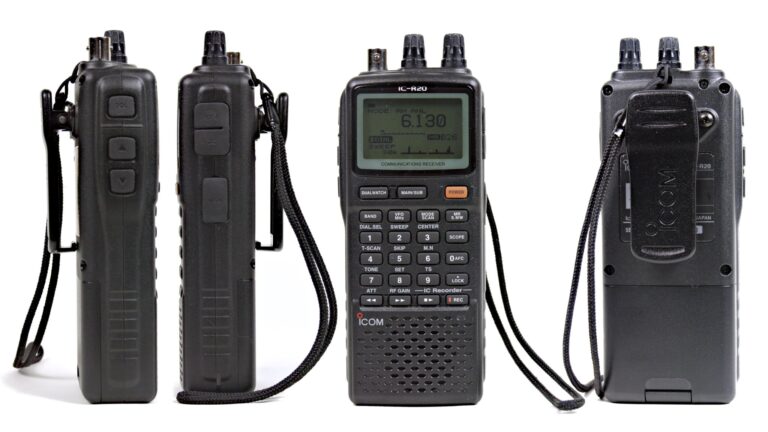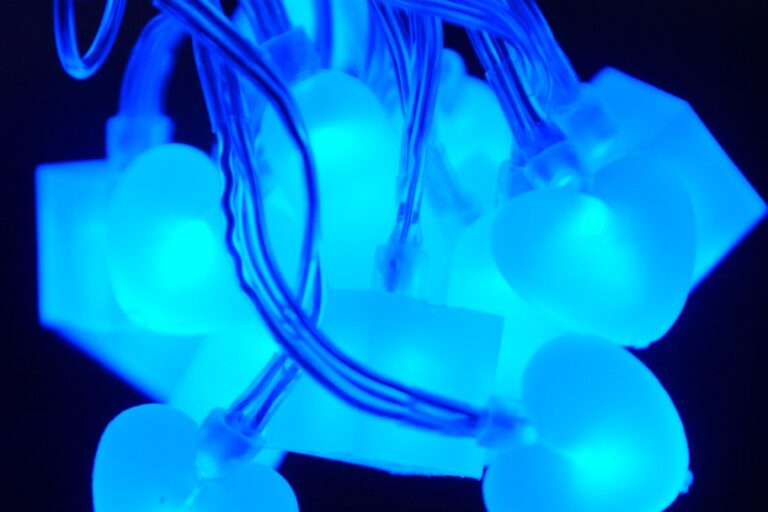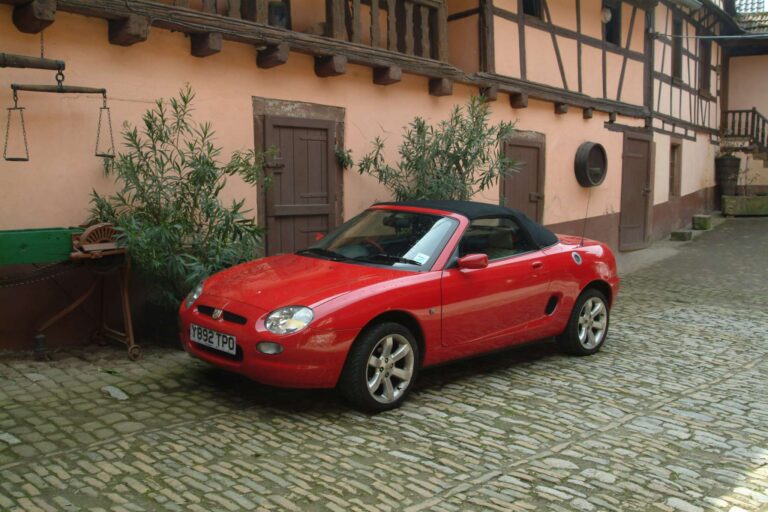Whole house Wi-Fi using a single access point
Due to its construction, ours is quite a difficult house for “whole house Wi-Fi” due to its solid internal dividing walls, downstairs and upstairs. In fact, my first DIY job when we moved in here, back in 2012, was to run Cat 5e Ethernet cables to every room that we were likely to use a computer. However there are still situations when one needs Wi-Fi. e.g. mobile phones, our MiLight controllers, guests laptops, and my wife like to carry her notebook around the house to watch her various favourite stork nests! Besides I’m the sort of chap who likes to read the Guardian on my mobile, whist siting on the bog!
Initially I bought a job-lot of old LinkSys WRT54G WAPs – paid a tenner for a box of six on eBay. Stuck them on the end of the Ethernet cables – usually with a 8 port Netgear unmanaged gigabit switch. This worked well but it was a bit untidy and power hungry. They also had a habit of occasionally crashing under extreme data loads. I wanted something more elegant and reliable, that ideally also used less electricity too.
So I sat down with a plan of the property, and worked out the path of least attenuation of UHF radio signals. Whilst the ground floor and all dividing walls are solid, the intervening floors are timber and plasterboard. Consequently, radio signals penetrate them much more easily. Therefore, it soon became obvious that I just had to place a wireless access point up high enough so the radio signals went through the floors, not the walls.
I first tried a cheap Comfast device. But I sent it straight back to whence it came, because according to its log, it kept trying to talk to the factory that made it, for some inexplicable reason. I quickly replaced it with a single TP-Link EAP225-Outdoor AC1200 dual-band gigabit wireless access point. It gets its 48 volt power supply up its Ethernet cable, using a method known as PoE (Power over Ethernet). The unit is also designed to withstand damp and extremes of temperatures – the sort that one might expect in a loft. It comes with a PoE adaptor. It can also get its power from a PoE router/switch if you have one.
A few snaps
Apologies for the image quality. I didn’t want to use a decent camera whilst climbing ladders etc. Besides, I had my phone with me anyway because I was using its “WiFiAnalizer” App as a signal strength indicator. Though granted, I could have given the lens a wipe first. Anyway, this is our single unit, whole house, TP-Link EAP225 Wi-Fi access point as I was installing it, 2021-04-30.
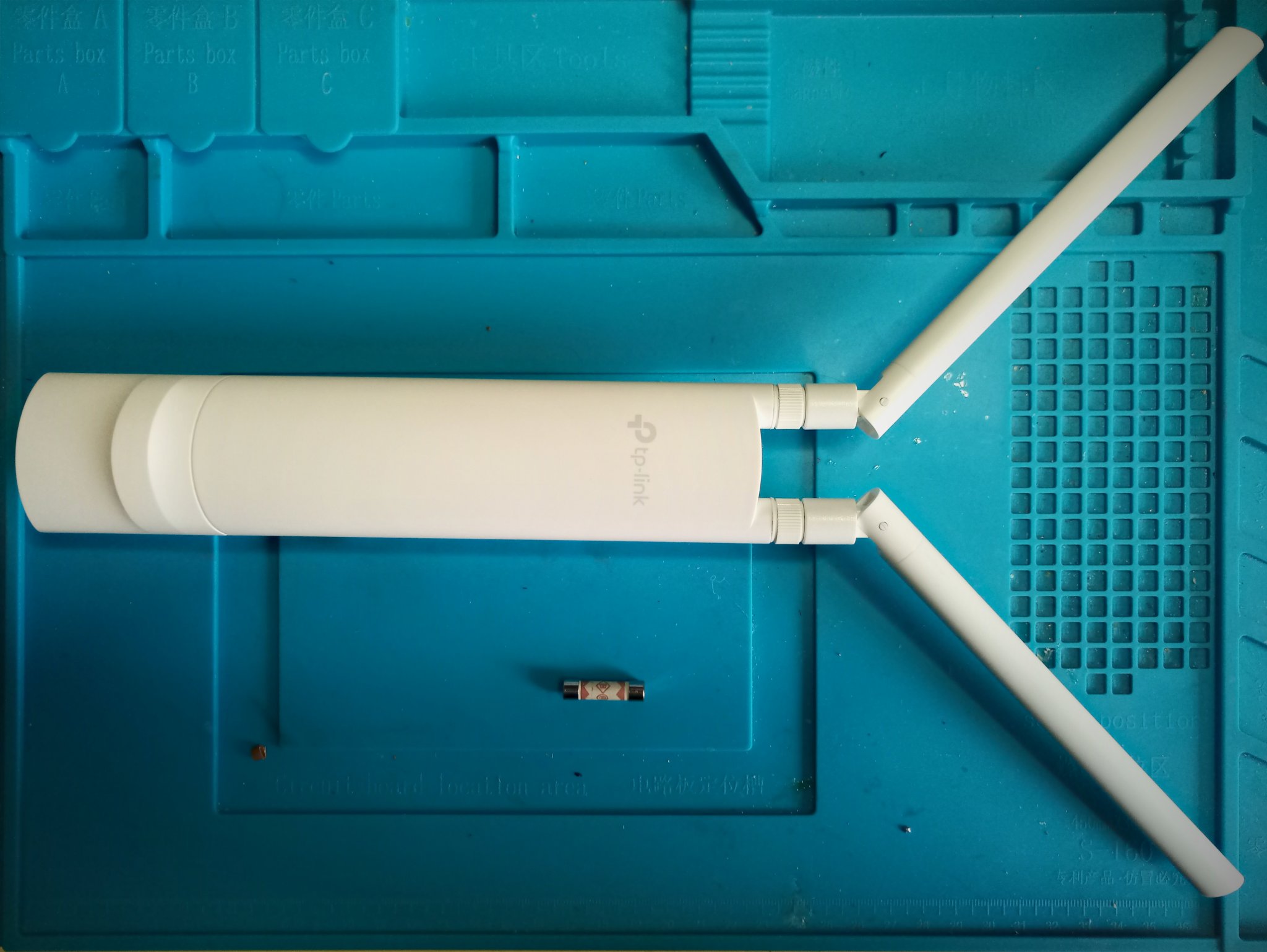
In any event, PoE means that these things are easy to install. You just need a single Cat5e Ethernet cable connecting wherever your network “central point” is, going up vertically to your loft. In our case, we needed less then 15 metres of Cat 5e cable and a couple of 200mm cable ties to strap it onto a purlin. It’s also dead easy to configure too. Its firmware is excellent. It also has detachable aerials, so you can use third party antennae to get around water tanks and other obstructions if needed. Which was ideal, because I wanted to install it centrally, high-up in our loft.
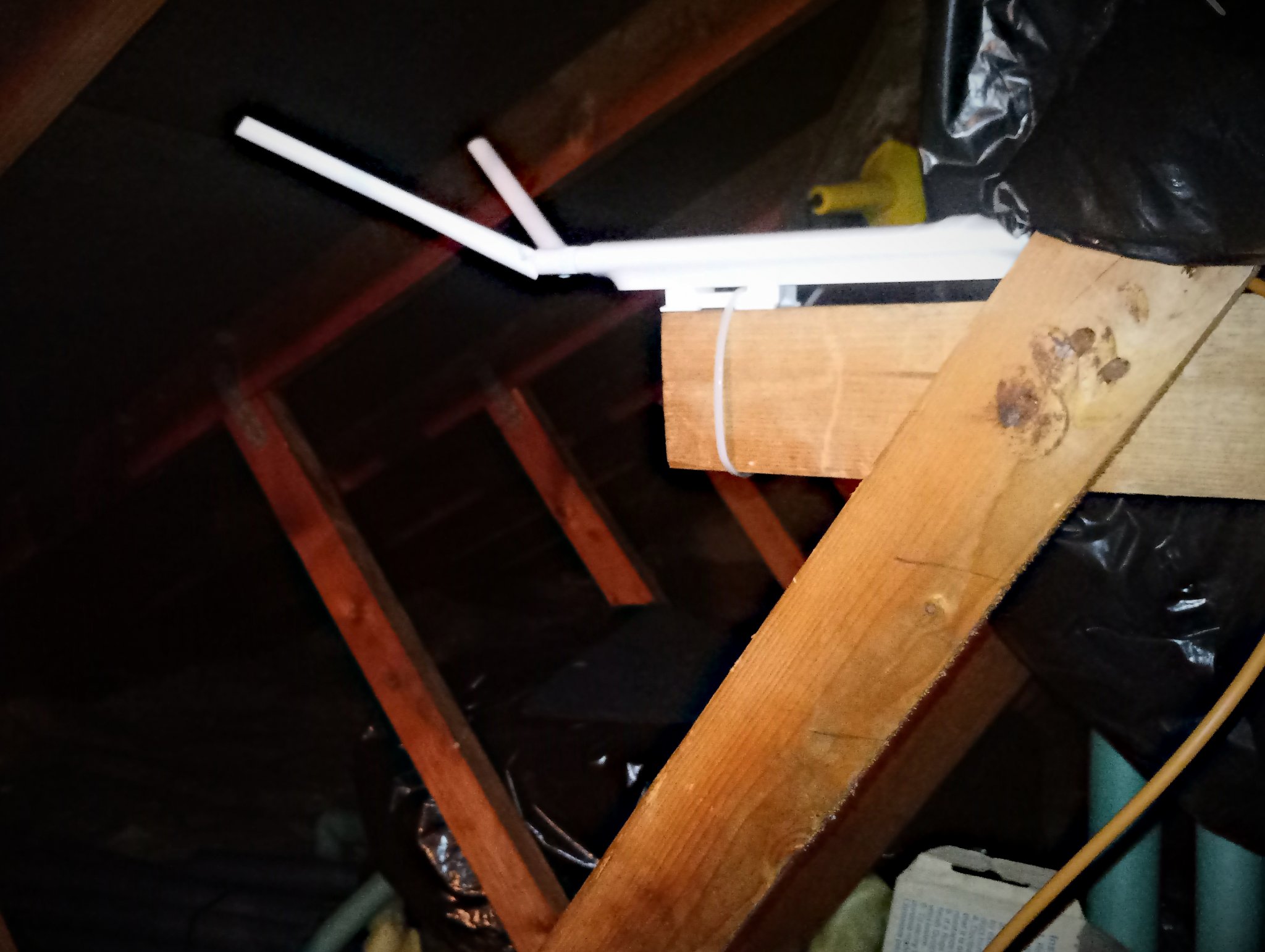
I experimented with various positions in the loft. Eventually opted for a joist sticking out from the cold water tank platform. It works an absolute treat! It covers our entire house, the shed at the bottom of the garden, with 2.4GHz. Everywhere in the main building, all 120m², also enjoys strong 5GHz too. All this from a single WAP unit. Which of course means greater reliability and much lower power consumption than any sort of multi-unit mesh arrangement. Both its power and its signal both run through a single standard Cat 5e Ethernet cable, using PoE. So there was lees wiring too.
More info:-

